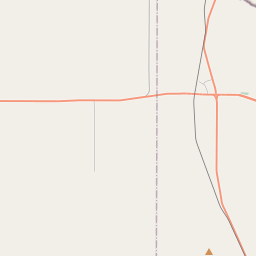Farmers and Merchants National Bank
Historical marker location:






The oldest financial institution in continuous operation in Nocona, the Farmers and Merchants National Bank was founded in 1905 with capital stock of $30,000. Seven directors were named at the bank's organizational meeting, and W.A. McCall (1845-1915) was named President. Upon his death, he was succeeded by his son, Cadmus McCall (1876-1953), who served for thirty-eight years. First housed in the J.A. Foshee Store at Oak and Clay Streets, the bank moved to this location in 1926. Throughout its history, the bank has been active in the civic life of Nocona. (1987)
As one of the most visible programs of the Texas Historical Commission (THC), historical markers commemorate diverse topics in Texas history, including: the history and architecture of houses, commercial and public buildings, religious congregations, and military sites; events that changed the course of local and state history; and individuals who have made lasting contributions to the state, community organizations, and businesses.
The discovery of oil in 1901 near Beaumont, Texas, sparked an oil boom that transformed the state's economy and led to the rise of the modern petroleum industry.
The county's namesake, Daniel Montague, arrived in the area in 1854 and became one of the first permanent settlers. Montague County was officially established and organized in 1858, with Montague serving as its first county seat. However, due to ongoing conflicts with Native American tribes and accessibility issues, many of the early settlements faced challenges in their development.
The discovery of oil and gas reserves in Montague County in the early 1900s brought significant economic development to the region. This led to an increase in population and infrastructure, and the county experienced a boom in oil production during the mid-20th century. The county's economy diversified over time to include agriculture, manufacturing, and tourism, contributing to its growth and stability.
Today, Montague County is known for its picturesque scenery, with rolling hills, vast prairies, and scenic rivers attracting outdoor enthusiasts and nature lovers. The county also celebrates its history through its various museums, historical landmarks, and annual events, preserving the heritage and culture of the area for future generations to appreciate.
Montague County Timeline
This timeline provides a condensed summary of the historical journey of Montague County, Texas.
- 1857: Montague County is established by the Texas legislature
- 1860: The first county courthouse is built in the town of Montague
- 1861-1865: Montague County residents serve in the Confederate Army during the Civil War
- 1874: The town of Saint Jo is founded
- 1882: The Fort Worth and Denver City Railway extends into Montague County, promoting economic growth
- 1884: The town of Nocona is established
- 1900: The Montague County courthouse burns down and is subsequently rebuilt
- 1930s: The Great Depression and Dust Bowl impact the county, causing economic hardship
- 1957: The Montague County Courthouse is again destroyed by fire but is reconstructed
- 2000: The county experiences population growth and ongoing development